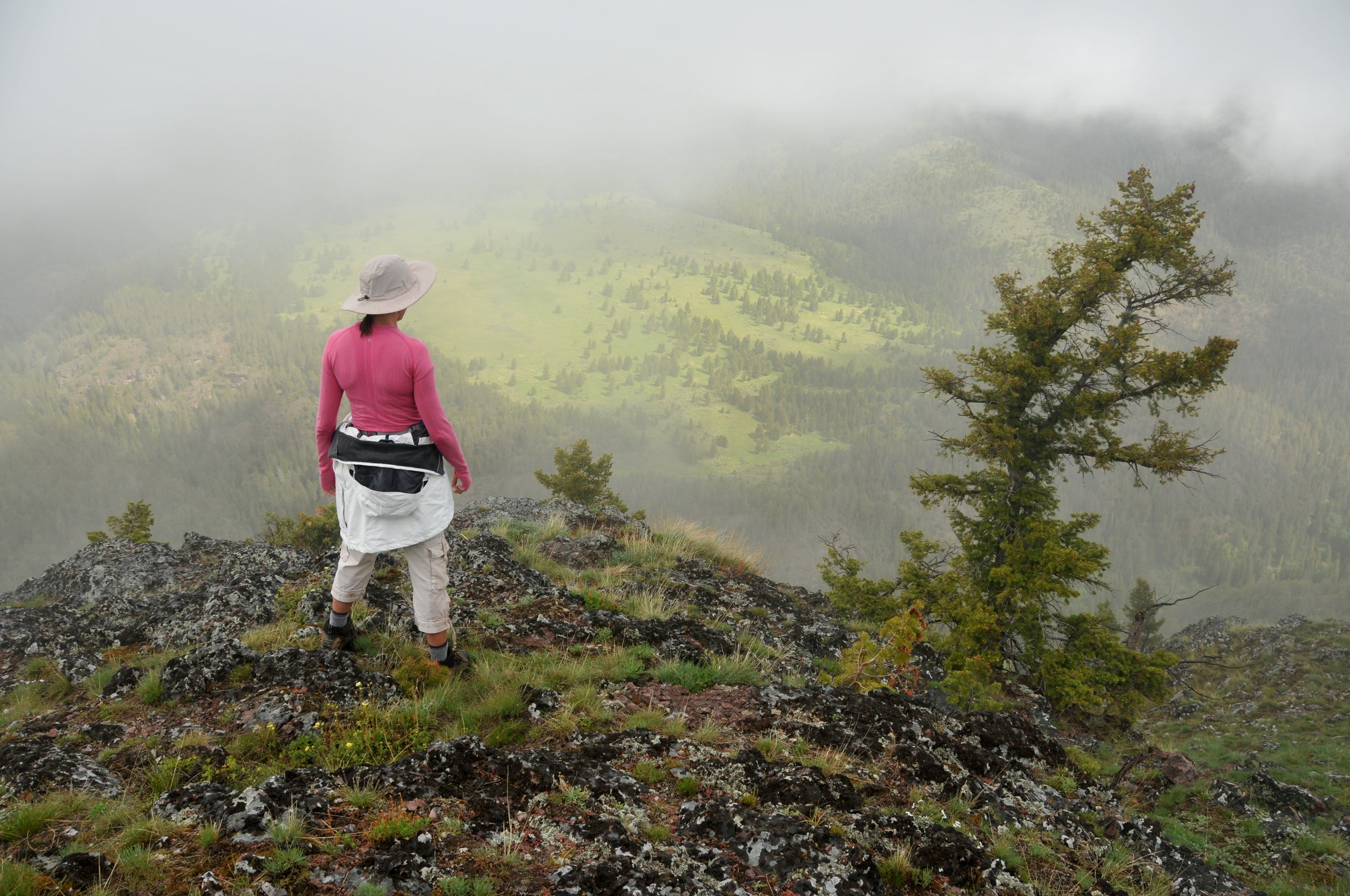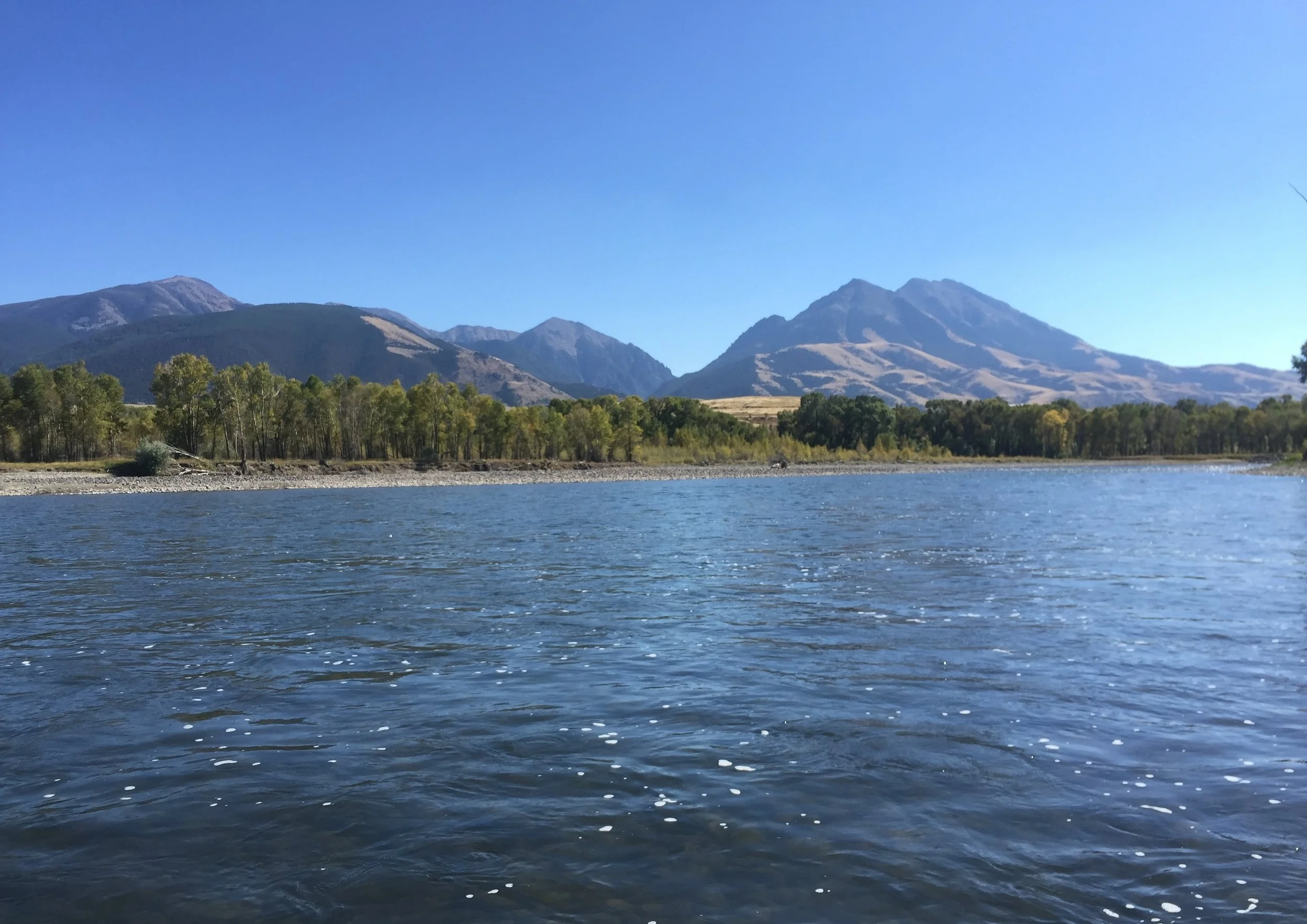National agriculture industry consulting and CPA firm K-Coe Isom recently announced a new program aimed to help ranchers generate revenue from conservation projects while simultaneously reducing the rancher’s inherent risk of testing and implementing such projects. Funded by the USDA Natural Resource Conservation Service (NRCS), the program is specific to ranchers whose property is located in priority sage grouse habitat or crucial mule deer winter range or designated mule deer migration corridors within Montana, Colorado, Wyoming, Idaho, Utah, Nevada, or California.
KIDDING AROUND AT FARM 51
Just outside of Bozeman in Kelly Canyon, Jennifer and Chris Boyer raise boer and nubian goats on Farm 51. They provide sustainably-raised goat meat to restaurants in Bozeman and to consumers through the local Community Co-op. Farm 51 has grown organically from a hobby to a business for the Boyers.
BOZEMAN R/UDAT NORTHEAST NEIGHBORHOOD DISTRICT
Bozeman is one of three communities nationally that has been chosen for the American Institute of Architects (AIA) Regional / Urban Design Assistance Team (R/UDAT) project. The focus area for the Bozeman R/UDAT is the Northeast Neighborhood District. Within the area within the orange R/UDAT study boundary, 70% of land has potential for redevelopment in the next ten years. In addition, Montana Department of Transportation (MDOT) is spending $40M to redo and upgrade the Rouse corridor.
OBJECTIVES, BARRIERS AND OPPORTUNITIES IN PRIVATE FORESTRY
Across much of the American West, primarily the southwest, overstocked and mismanaged forests are leading to poor tree growth, increased fire danger and increases in threads to overall forest health from insects and disease. Additionally, the proper management of these same forests has the ability to create positive impacts in local economies by providing jobs and goods for regional communities. This intersection of the issues of private land stewardship and bolstering sustainable economies fits squarely within the mission of The Western Landowners' Alliance (WLA).
GREAT BASIN CONSERVATION COOPERATIVE
Focused on the Great Basin, one of 22 Landscape Conservation Cooperatives in North America, the Great Basin Landscape Conservation Cooperative (Great Basin LCC) represents a partnership among public and private groups. The Great Basin LCC supports landscape-scale conservation, promotes science, and enables management based on traditional knowledge and science so human and ecological communities can respond and adapt to climate and land use change.
ON THE SHOULDERS OF GIANTS
On March 21, the Gallatin Valley Land Trust, The Nature Conservancy, Trust for Public Land and Montana Land Reliance are hosting the Bozeman viewing of the short film On The Shoulders of Giants: The Story of Montana Private Land Conservation.
UNDER THE BIG SKY
Montana seems to have an unusually high concentration of makers.
The Montana Television Network (MTN) recently re-launched the Under The Big Sky brand in part to feature the incredible depth of talented makers in the state. Focusing on first-person storytelling, MTN has created the new show to highlight the people, places and organizations that continue to make Montana a strong and dynamic community, and pave the way for the future while embracing and celebrating the past.
COME VISIT OUR NEW OFFICE
THE HIGH DIVIDE COLLABORATIVE
The High Divide region of Idaho and Montana straddles the Continental Divide along the Idaho-Montana state line and is the center of connectivity between the Greater Yellowstone Ecosystem, the Crown of the Continent and the wilderness Central Idaho. Although the region only encompasses two states, it has continental significance because it houses headwaters for the Missouri and Columbia watersheds and it is a stronghold for wildlife that have disappeared from much of their historic range.
To protect this crucial area, the High Divide Collaborative is bringing stakeholders together to work collectively to conserve and restore lands of importance for local communities and to protect ecological integrity at the landscape scale.
PLOWING FORWARD
The agriculture industry dominates the Montana economy. In Montana, agriculture is a $4.5 billion industry with a connection to one in five Montana jobs. There are 28,000 farms and ranches in Montana. And, the state is #1 in the nation in production of pulse crops and #2 in organic acres. All of these farms, ranches, crops, and people that work in the industry are affected by climate.
According to ongoing research, by 2050 Montana will likely realize a 4-6 degree increase in the temperature, 20-40 fewer days below freezing, and 5-10% less summer rain.
PERENNIAL GRASS RESEEDING
As part of the The Western Governors' Association (WGA) hosted a webinar on Rangeland Management Strategies, the speakers dug into some of the challenges and opportunities with reseeding.
There are a number of barriers, which vary across time and space, to native seedling survival. If soil freezes for even a 24-48 hr period, up to 90% of the germinated seeds can die. Alternatively, a couple of warm days in December can cause seeds to germinate. Precision restoration is key to perennial grass reseeding.
COLLABORATIVE APPROACH
Starting a new business can be daunting. Thankfully, we have not had to go it along. Our supportive community filled with talented individuals willing to collaborate with us has brought us strength as we've launched and begun to grow Topos & Anthros. Though there are many small businesses that have helped Topos & Anthros get off the ground, we owe extra gratitude to Chema Domenech & Stacy Townsend.
COMING SOON: TOPOS & ANTHROS NEWSLETTER!
MORE THAN JUST AN ASSET
We advocate that real estate and conservation work best in tandem, and that property can honor heritage and strengthen community. Thankfully, we are not alone in our conviction. Our home of southwest Montana has a number of landowners who steward their properties with a similar community-driven mindset. Arthur Blank, owner of Mountain Sky and new owner of neighboring West Creek Ranch, is one such landowner.
INTRODUCING PROPERTY LISTINGS
By offering buyer's representation to prospective landowners and operators, and seller's representation and marketing to property owners, we work to minimize risk, identify and capitalize on opportunities and ultimately to simplify landownership for our clients. As part of this service line, we are debuting the Property Listings section of our website.
MONTANA RANCH MARKET OVERVIEW FOR 2016
When looking at the "just land" sales per acre number, Clark categorizes 2016 as "stable, but softening" relative to the market over the last ten years. In 2007 the Montana land market had record high transactions at an average of $1909 / acre for just land, excludes the value attributed to buildings and leases. The farm and ranch market bottomed out in 2010 at $610/acre, which represents a 68% loss from the high. By 2014 the market came all the way back up to $1,465 / acre, a 140% gain over 2010. The figure in 2016 is only a 7% discount from 2014. In terms of price per acre 2014 through 2016 resembles 2004 through 2006. For reference, the price of land sold per acre excluding buildings and leases in 2005 was $1,361 / acre.
RANGELAND MANAGEMENT STRATEGIES
Data from rangeland studies in both Oregon and New Mexico supports grazing as a strategy to promote ecological resiliency. Grazing can be used to manage and promote perennial grasses. In a study focusing on The Great Basin area, researchers found that the fuel moisture of un-grazed rangeland was 21% whereas the same fuel moisture of properly grazed rangeland was over double that at 46%.
IN THE FIELD
We are so excited about our work that we just can't keep it to ourselves. Soon we will be featuring #inthefield photo posts revealing glimpses of the projects we are contributing to and featuring the inspiring places in which we work. Follow Topos & Anthros on Instagram to keep up with what we're doing #inthefield!
THE TOOL OF ADAPTIVE GRAZING
Because the ways in which land is managed affects the future ability to utilize the land, there's a case to be made to consider adaptive management today to best plan for tomorrow. By definition adaptive management is simply the systematic approach for improving resource management by learning from management outcomes.
THE SHAPE OF A RIVER
The Ocean Media Institute (OMI) recently released the trailer of their upcoming film, The Shape of a River, produced in conjunction with Montana Aquatic Resource Services (MARS). The film features the famed Yellowstone River as partner and provider to the land and the lives of those along its path.




















